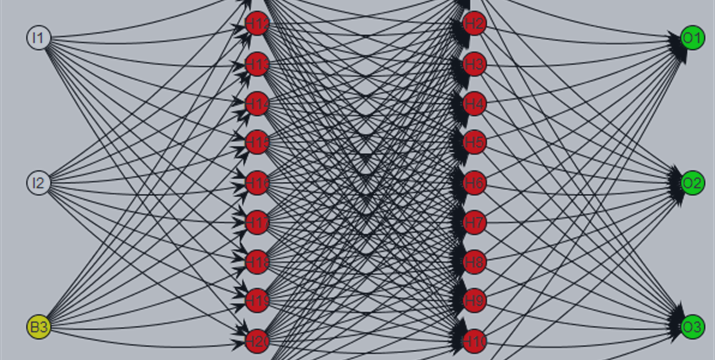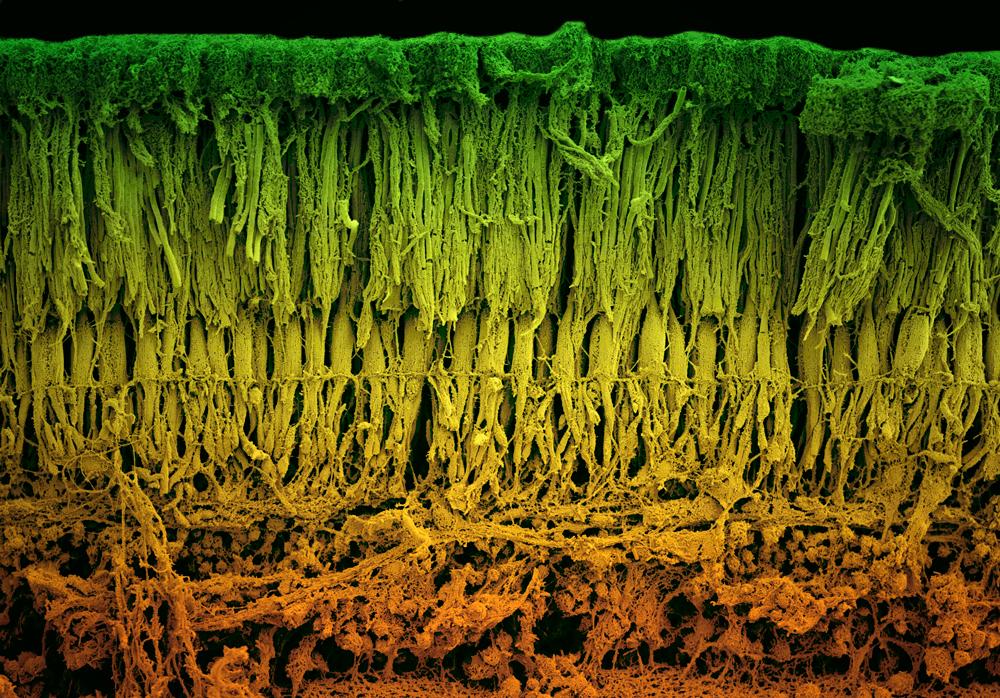
WEEKLY DIGEST 2014, August 17 - 24 for Neural Networks in Trading & Everywhere

- Neural Network FAQ, by 7 parts incl learning howto, books, data, free software, commercial software, hardware, and more
- A Novel Approach of Finger Print Recognition Using (Ridge) Minutia Method and Multilayer Neural Network Classifier - the article
- Artificial Neural Network books conferences list
- Optimal disturbance rejection control approach based on a compound neural network prediction method - the article
------
Just some theory related to NN (adapted from NN FAQ)
"First of all, when we are talking about a neural network, we should more properly say "artificial neural network" (ANN), because that is what we mean most of the time in comp.ai.neural-nets. Biological neural networks are much more complicated than the mathematical models we use for ANNs. But it is customary to be lazy and drop the "A" or the "artificial".
There is no universally accepted definition of an NN. But perhaps most people in the field would agree that an NN is a network of many simple processors ("units"), each possibly having a small amount of local memory. The units are connected by communication channels ("connections") which usually carry numeric (as opposed to symbolic) data, encoded by any of various means. The units operate only on their local data and on the inputs they receive via the connections. The restriction to local operations is often relaxed during training.
Some NNs are models of biological neural networks and some are not, but historically, much of the inspiration for the field of NNs came from the desire to produce artificial systems capable of sophisticated, perhaps "intelligent", computations similar to those that the human brain routinely performs, and thereby possibly to enhance our understanding of the human brain.
Most NNs have some sort of "training" rule whereby the weights of connections are adjusted on the basis of data. In other words, NNs "learn" from examples, as children learn to distinguish dogs from cats based on examples of dogs and cats. If trained carefully, NNs may exhibit some capability for generalization beyond the training data, that is, to produce approximately correct results for new cases that were not used for training.
NNs normally have great potential for parallelism, since the computations of the components are largely independent of each other. Some people regard massive parallelism and high connectivity to be defining characteristics of NNs, but such requirements rule out various simple models, such as simple linear regression (a minimal feedforward net with only two units plus bias), which are usefully regarded as special cases of NNs.
Here is a sampling of definitions from the books on the FAQ maintainer's shelf. None will please everyone. Perhaps for that reason many NN textbooks do not explicitly define neural networks."
According to the DARPA Neural Network Study (1988, AFCEA International Press, p. 60):
... a neural network is a system composed of many simple processing elements operating in parallel whose function is determined by network structure, connection strengths, and the processing performed at computing elements or nodes.
According to Nigrin (1993), p. 11:A neural network is a massively parallel distributed processor that has a natural propensity for storing experiential knowledge and making it available for use. It resembles the brain in two respects:
- Knowledge is acquired by the network through a learning process.
- Interneuron connection strengths known as synaptic weights are used to store the knowledge.
A neural network is a circuit composed of a very large number of simple processing elements that are neurally based. Each element operates only on local information. Furthermore each element operates asynchronously; thus there is no overall system clock.
Artificial neural systems, or neural networks, are physical cellular systems which can acquire, store, and utilize experiential knowledge.
References:
Pinkus, A. (1999), "Approximation theory of the MLP model in neural networks," Acta Numerica, 8, 143-196.
Haykin, S. (1994), Neural Networks: A Comprehensive Foundation, NY: Macmillan.
Nigrin, A. (1993), Neural Networks for Pattern Recognition, Cambridge, MA: The MIT Press.
Zurada, J.M. (1992), Introduction To Artificial Neural Systems, Boston: PWS Publishing Company.


